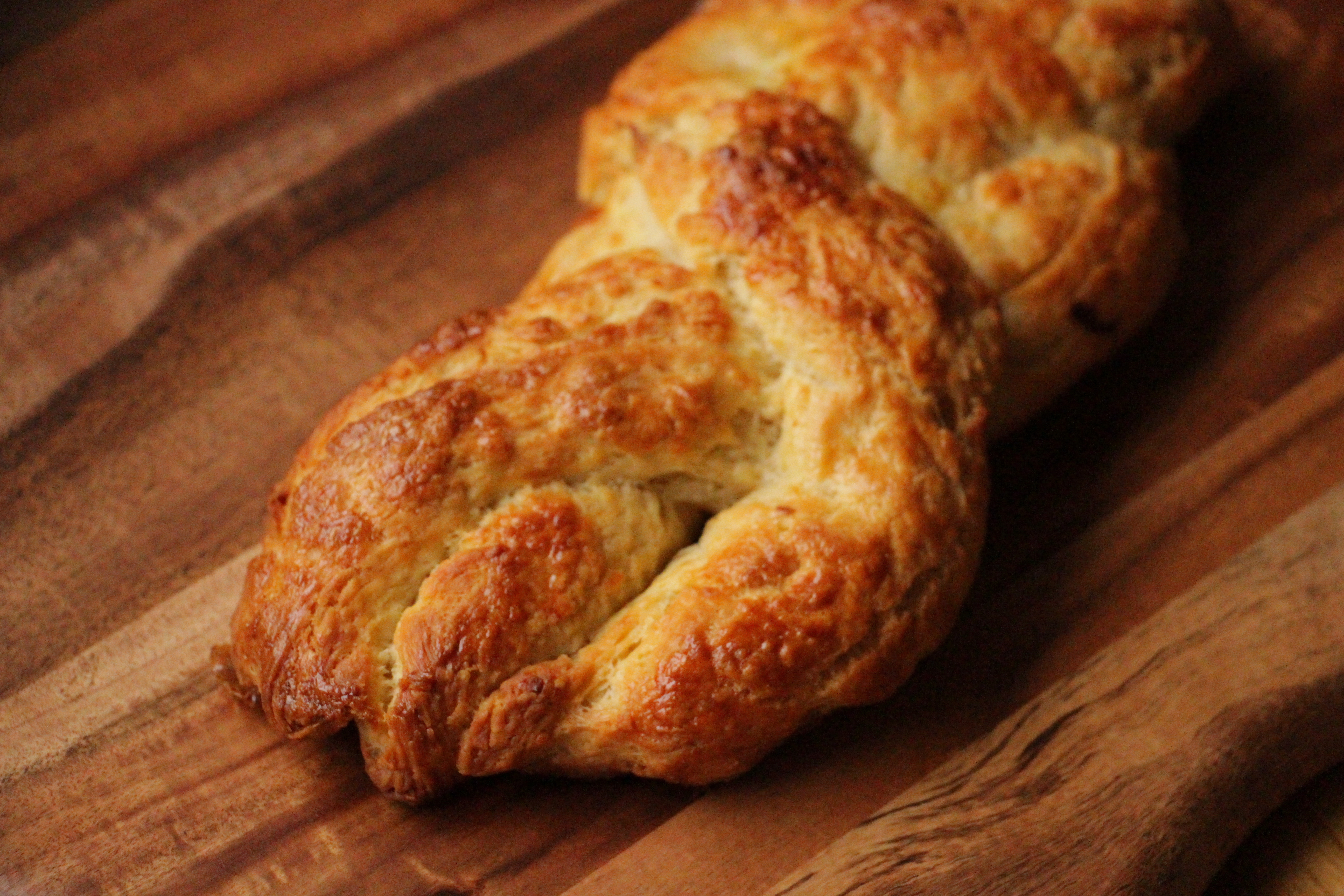I’ve loved the story of Les Misérables for years, but I’ll admit, I didn’t actually read the 513,000-word (that’s 2,000 pages, pocket edition) book until I had to, for my Master’s thesis.
And that was when I really fell in love with it.
With a book of that length, you can imagine, there’s a lot that didn’t make it into the Broadway musical and assorted film and television adaptations. There’s the homoerotic relationship between Enjolras and Grantaire, the fact that the Eponine and Marius “relationship” was jacked way up for Hollywood, Jean Valjean’s invention of a new way of working glass that got him shortlisted for the Legion of Honor (of course, he refused), or Marius’ somewhat wishy-washy political views (he wasn’t a die-hard ABC Café-goer or a leader of the Revolution, the way that the adaptations would have you believe).
But I digress. One of the most beautiful things that doesn’t really make it into the films or the show is the fact that Gavroche is meant to be Eponine’s little brother (I finally caught a glimpse of it in the newest film adaptation when Gavroche looks sad that his sister has died). They have two other little brothers besides, who are raised by a woman named Magnon and become lost in Paris shortly before the rebellion begins, stumbling quite accidentally on their older brother.
Gavroche doesn’t know who they are when he decides to take them under his wing — in fact, the only person who knows that the three boys are related is the reader –, and yet one of the first things Gavroche does when he encounters them is take them to the bakery and spend a sou on posh white bread (after flicking a booger at the boulanger for attempting to sell him anything less) for the three of them, taking the smallest of the three pieces for himself.
But before Gavroche even encounters them, these two boys who have no street smarts whatsoever try to make it on their own. One particularly sweet scene has them watching a bourgeois father and son in a park. The son is eating a brioche as they watch the swans swimming on the lake, and after taking a bite, the little boy begins to cry.
“Why are you crying?” asks the father.
“I’m not hungry anymore,” replies the son.
The father smiles. “You don’t need to be hungry to eat cake.”
“I’m bored of my cake,” the boy says. “It’s stale.”
The father then tells the boy to throw the remaining brioche to the swans, and the little boy hesitates. And here, Hugo’s genius shines.
One may no longer want cake, he writes, But that’s no reason to give it away.
The father demands that the little boy “be humane” and “have pity for animals,” and finally, he himself takes the brioche and tosses it in the lake.
It is only once the father and son are gone that the two little boys emerge from where they’ve been hiding, take the soggy brioche from the water, and split it between them, the older boy giving his younger brother the larger piece.
This is something that we see throughout Les Misérables: it is always the most miserable, the most downtrodden, the most wretched — those who have the least — who are willing to give up the most.
Buttery Brioche
Some say it’s impossible to make this “mousseline” brioche, which calls for equal weights of flour and butter. But as Victor Hugo says, “Nothing is more imminent than the impossible.”
60 g. sugar
60 g. warm milk
1 cube fresh yeast
300 g flour + 50 g. for kneading
150 g. eggs (~3 medium eggs)
8 g. salt
300 g. butter, softened
1 egg yolk mixed with 1 Tbsp. water
Combine the sugar and the warmed milk in a small, wide bowl, and crumble in the yeast. Leave in a warm place for 10-15 minutes, until the yeast is foamy and the combination has doubled in size.
Place 300 g. of the flour in a mixing bowl, and make a well. Add the yeast mixture to the well. Beat the eggs together and add them to the well as well. Stir to combine, and as soon as the dough begins to hold together, turn out onto a lightly floured surface.
Knead the dough until it is elastic and passes the windowpane test, about 15 minutes. (This may take a while, as the dough will be quite sticky.)
Knead in the salt. Knead the butter into itself until you have a soft paste, then add the butter, bit by bit, to the dough. The dough will be very soft by the time you have finished. Form the dough into a ball.
Grease a glass bowl with butter, and place the dough into the bowl. Cover with a dishtowel and leave in a warm place until it doubles in size (1-3 hours, depending on room temperature at your house). Punch down, cover with a dishtowel and allow to double in size a second time.
When ready to bake, separate the dough into two pieces. If you only want one loaf, wrap one of the pieces in plastic and refrigerate. (Brioche, as the little boy in the story noted, tends to get stale quite quickly).
Shape the remaining half of the dough (I like the braiding method, but you can also bake brioche in a loaf pan), and place on a baking sheet. Cover with a dishtowel and allow to double in size.
Preheat the oven to 375 degrees. Brush the brioche with 1 egg yolk.
Bake for 10 minutes, then reduce the temperature to 350Â degrees, and bake for an additional 25 minutes, until the outside crust is golden brown.



